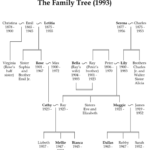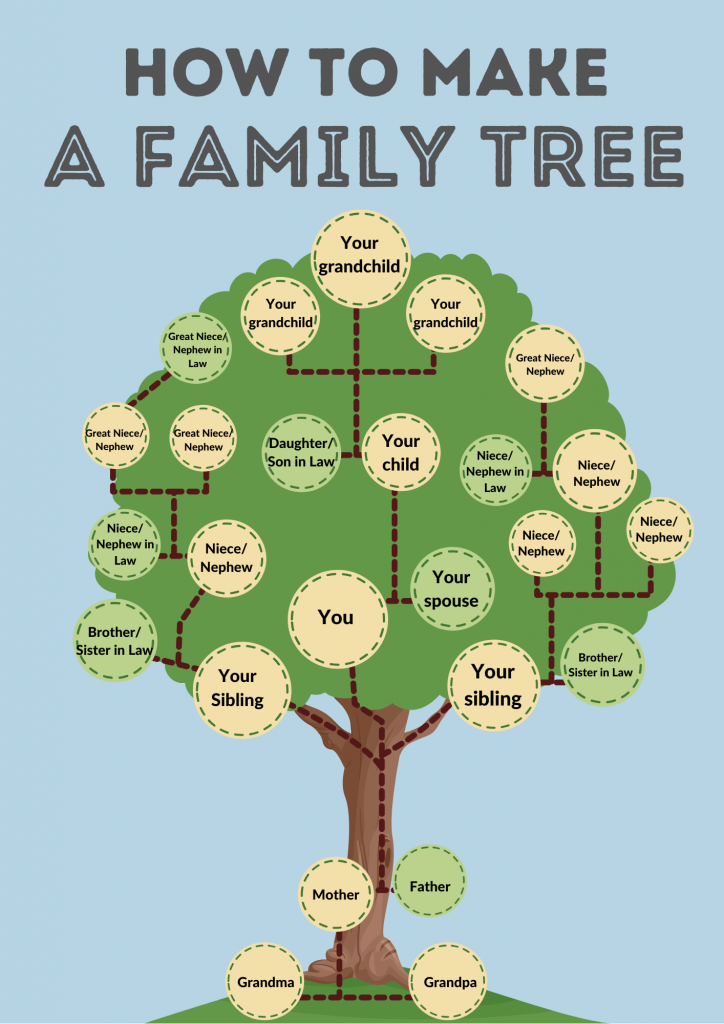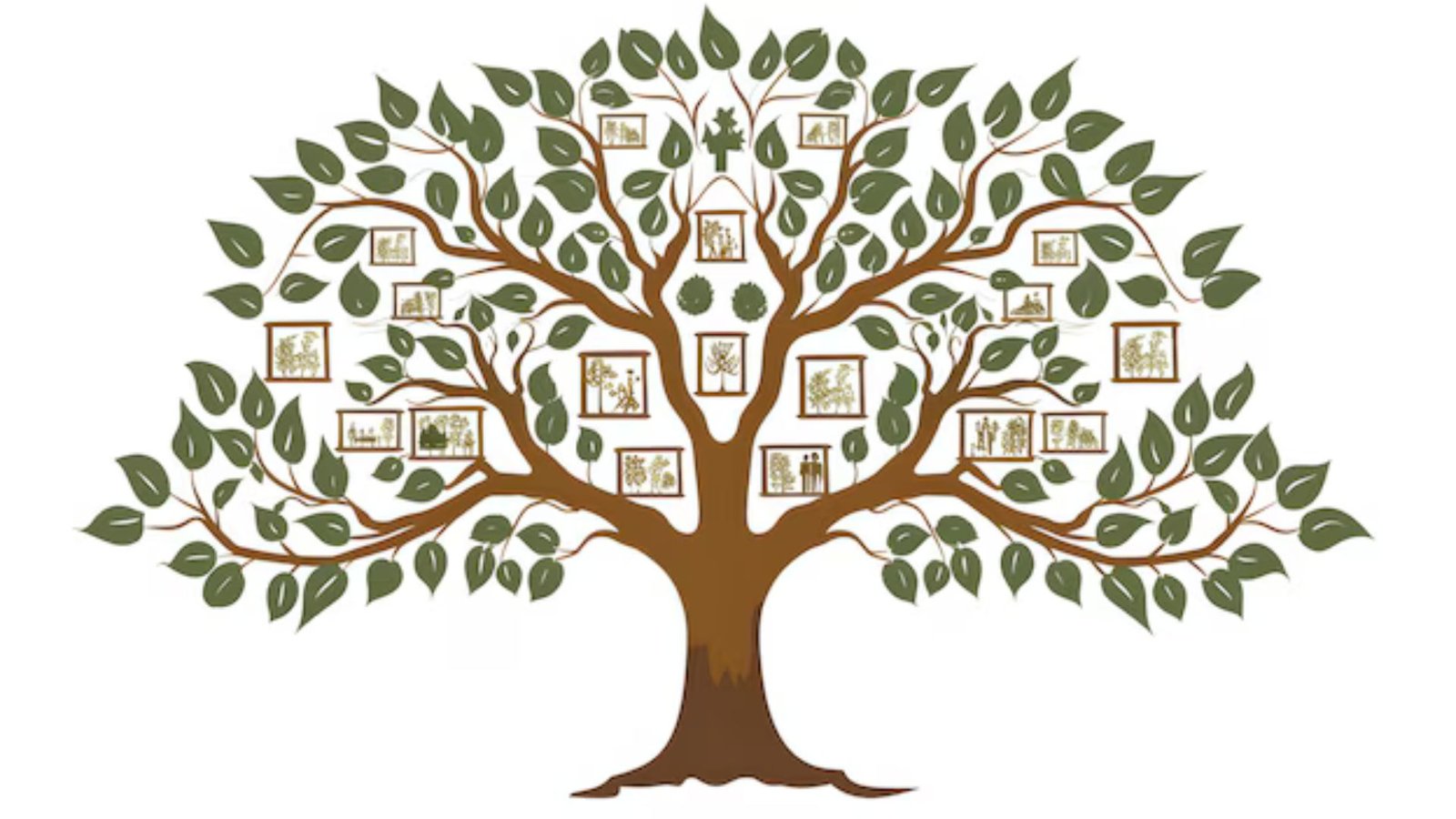Building a family tree is a rewarding journey into your family’s past. It not only helps you connect with your ancestors but also creates a legacy for future generations. Follow this guide to create your family tree step by step.
Step 1: Start with Yourself
The easiest place to begin is with your own details.
- Write down your full name, birth date, and birthplace.
- Include information about your parents, siblings, and grandparents.
- Start organizing this data in a basic outline.
This forms the foundation of your tree and makes it easier to branch out.
Step 2: Gather Family Information
Next, talk to your relatives to gather more details about your family history.
- Interview parents, grandparents, and extended family members.
- Collect stories, dates, and important events.
- Use old documents, letters, and family photo albums to verify information.
These conversations often uncover surprising details and help fill in gaps.
Step 3: Organize Your Research
Proper organization is key when managing large amounts of data.
- Create folders for each family branch, labeled by surname.
- Use spreadsheets or apps to keep track of names, dates, and relationships.
- Document sources to ensure accuracy.
This step will save you time as your research grows.
Step 4: Use Online Genealogy Tools
Genealogy websites and software can make your research more efficient.
- Platforms like Ancestry.com and MyHeritage offer extensive databases.
- Use tools like FamilySearch for free access to historical records.
- Digital tools allow you to build and visualize your tree easily.
Many sites also help you connect with distant relatives researching the same lineage.
Step 5: Search Public Records
Public records are invaluable for verifying and expanding your family tree.
- Look for birth, marriage, and death certificates.
- Access census data, immigration records, and military service files.
- Visit local libraries or archives for historical documents.
These records can provide key details about your ancestors’ lives.
Step 6: Expand to Distant Relatives
Once you’ve documented close family members, begin branching out.
- Research cousins, great-grandparents, and extended relatives.
- Trace migrations and family connections across generations.
- Use DNA testing services to find unknown relatives and confirm relationships.
Expanding your tree adds depth and context to your family’s story.
Step 7: Preserve and Share Your Family Tree
Your family tree is a legacy, so ensure it’s well-preserved.
- Create a digital backup of your research.
- Print a visual family tree to share with relatives.
- Consider publishing your findings as a family history book.
Sharing your work with family members can inspire others to contribute and keep the tree growing.
Conclusion
Building a family tree is both an exciting and meaningful project. By starting with yourself, gathering details from relatives, and using modern tools like genealogy websites, you can uncover your family’s unique history. Along the way, you’ll strengthen connections with your roots and create a legacy that future generations can cherish.
Embark on this journey today, and see where your family story leads you!










